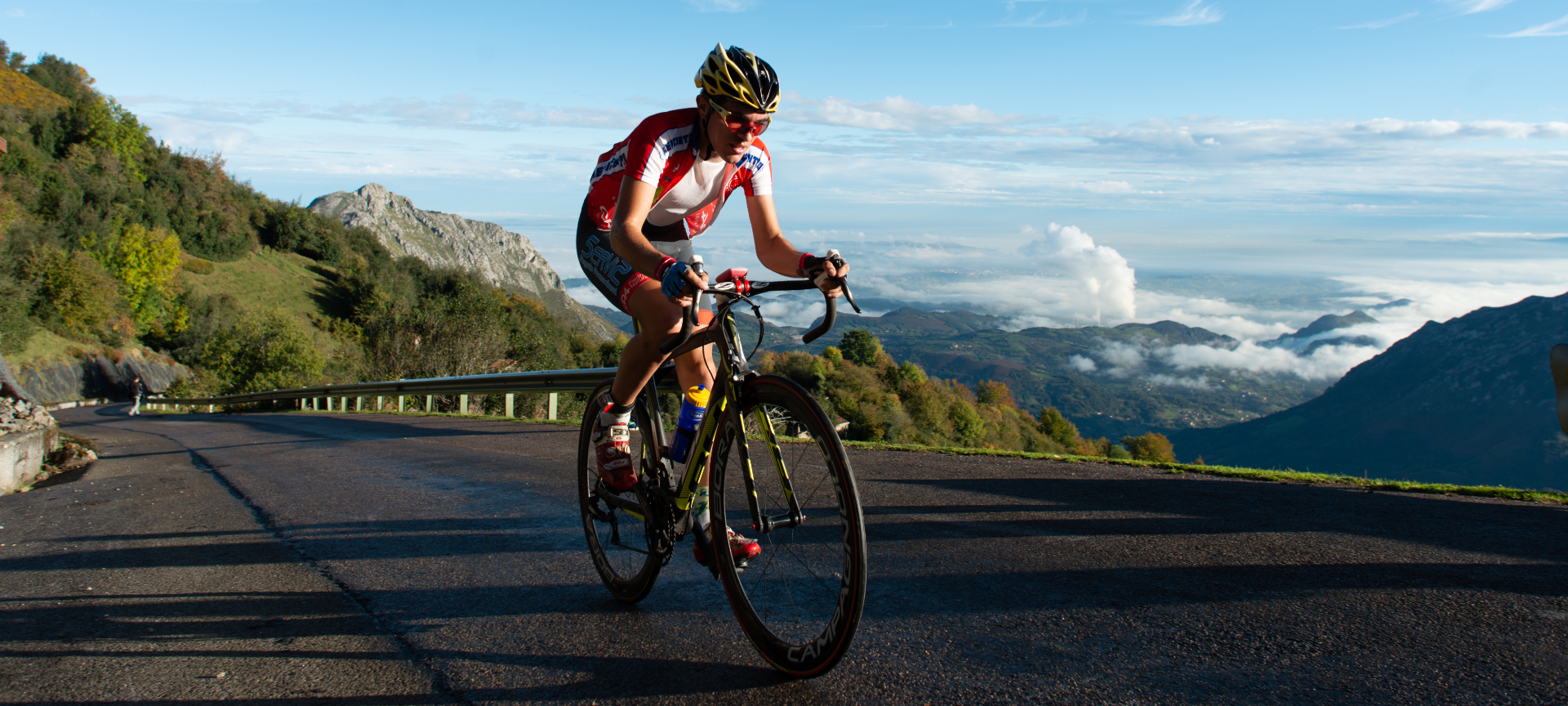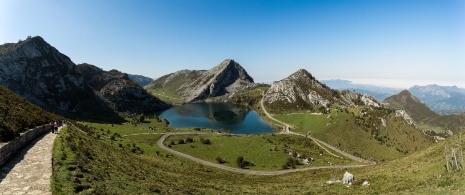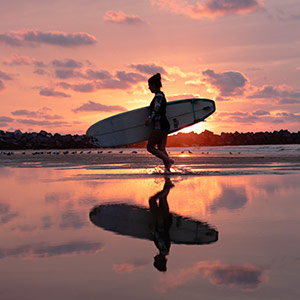
La Vuelta, the most important cycling tour in Spain
La Vuelta a España takes place between the end of August and mid-September, an event that more than makes up for the bitter feeling of having reached the end of summer. A world-renowned cycling race, which the entire country eagerly awaits. For three intense weeks, professional cyclists from all over the world complete twenty stages across Spain. A unique opportunity to enjoy Spain's landscapes along the routes of this high-level race, with the emotion derived from following it from the other side of the screen. Alternatively, you can experience La Vuelta in first person, and join the fans who gather at key points along the route to cheer on the cyclists. For example, since 1987, Plaza de Cibeles in Madrid has become a gathering point for thousands of fans to come and watch the exciting finale of the race live.
Debe activar Javascript para poder utilizar este servicio
-

The touristic mountain passes
Every year the race includes mountain passes that reach over 2,000 metres in height. Cyclists have made places like Sierra Nevada and the Vallter 2000 ski resort (Catalan Pyrenees) a perfect combination of sport and tourism. Beyond the heart-stopping heights, La Vuelta has given worldwide visibility to many mountain passes where you can leave your skin climbing to the top. True giants of Spanish cycling that brave people try to complete them every day. If you are looking for personal challenge, attempt the most mythical finish lines in La Vuelta. Here's a preview!
-
Alto del Angliru
The climb of Angliru is a myth in Spanish cycling. Two other great legends have been crowned there: El Chaba in 1999 and Alberto Contador in 2017. The Madrid cyclist chose this stage for his professional farewell, and the final climb became one of the most epic this sport has ever experienced.Angliru was an old 12-kilometre path popular among dairy farmers. To this day, many cyclists visit it to test themselves, and you can access it easily, for example, starting the stage in the town of La Vega (Oviedo), towards Riosa, where the Angliru is located. But beware: although the first few kilometres are bearable, the real challenge comes in the last six. Right there, in the year 2000, a famous brand wrote on the ground: "Here begins hell."
-

Lakes of Covadonga
The stage of the Lakes of Covadonga marked a before and after for La Vuelta since this stage end reflects the spirit of the event. This climb has been the end of a stage since it was first introduced in 1983, and has become a classic of La Vuelta.You could expect nothing else from a section in the heart of the Picos de Europa National Park, an unparalleled backdrop for the race. You can start the stage at Cangas de Onís, and follow the route to the mythical Shrine of Covadonga. There, you can still afford to be distracted by the landscape, until you reach the most complicated section: the slope of La Huesera. But every effort has its reward and, in this case, the reward is reaching the finish line in surroundings as impressive as Lakes Enol and Ercina.
Travel plans for inspiring you







